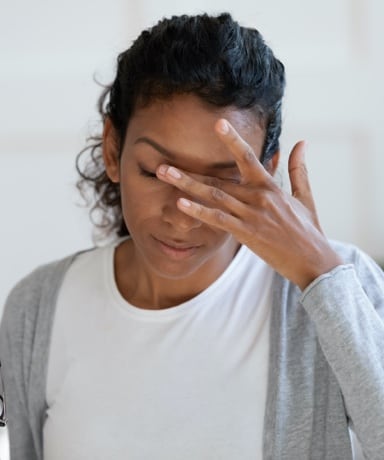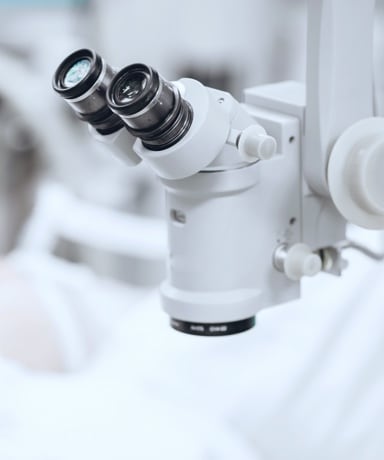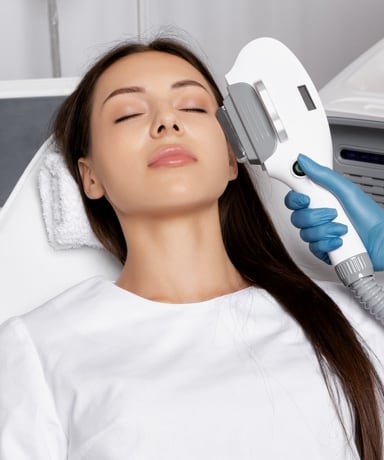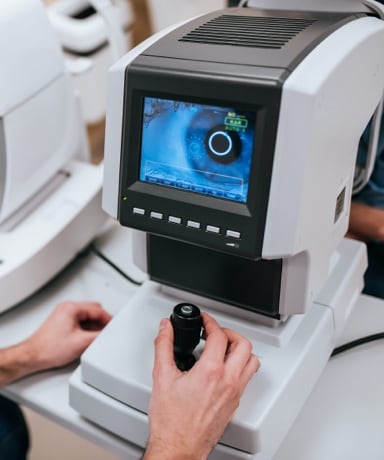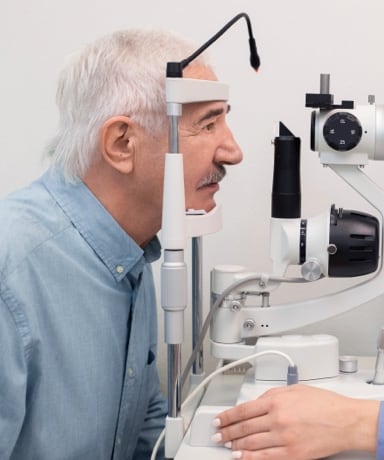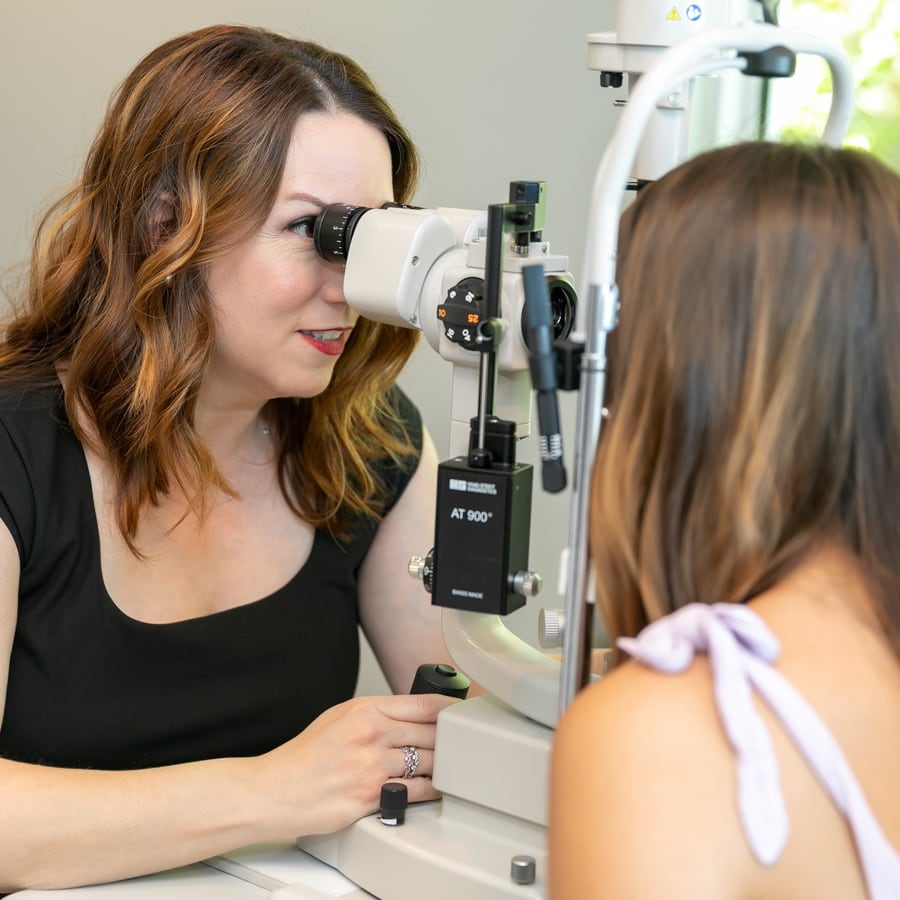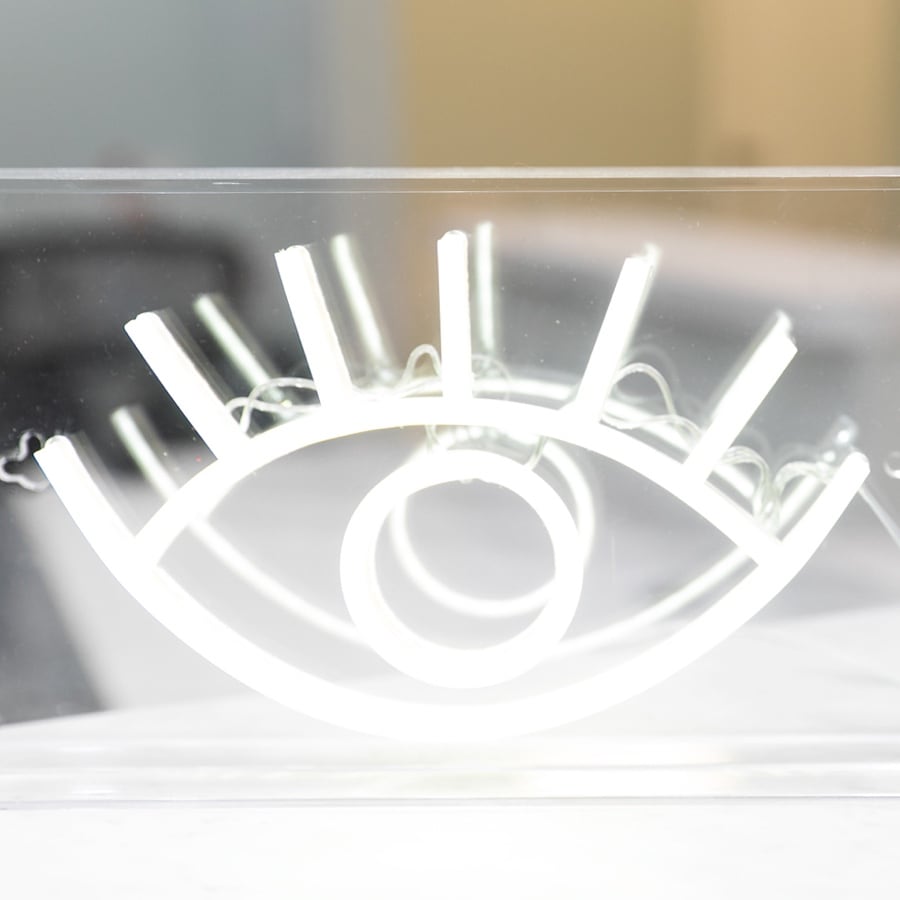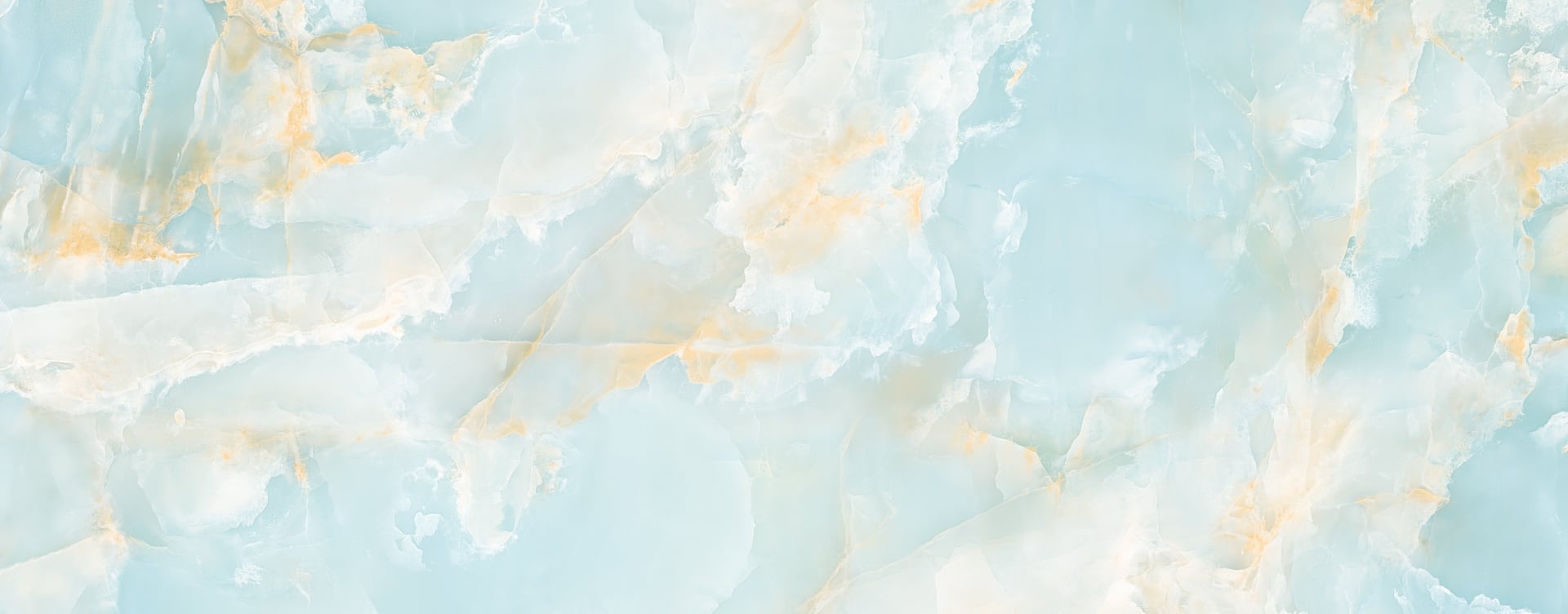
Dry Eye Relief at Gardens Eye Institute
Dry eye disease is a common vision condition that can interfere with the comfort and health of your eyes and occurs when your eyes aren’t producing quality tears or something has gone wrong with the tear production process.
Dry eye affects millions of Americans annually and can be caused by dry environments, excessive screen time, and other factors. Our team strives to help you find relief through effective treatment methods such as the OptiLight by Lumenis.
Dry eye can be challenging to manage and put a halt to your productivity—we want to help you overcome it.
Dry Eye Overview
Dry eye syndrome is a condition that occurs when the surface of your eye does not have enough moisture. This can cause the surface of your eye, the cornea, to become cloudy and irregular. Some symptoms patients experience are:
- Sensation of stinging or burning
- Gritty feeling
- Blurred vision
- Light sensitivity
- Chronic redness
- Stringy mucus
- Eye fatigue
- Difficulties reading
- Fluctuating vision
What Causes Dry Eye?
To maintain a healthy eye surface, the tear film must contain three layers: oil, water, and mucus. If any of these crucial components are missing or decreased, your tears won’t contain the necessary nutrients to adequately lubricate your eyes.
In general, dry eye patients fall into two categories: not making enough tears or tears disappearing too quickly. Decreased tear production can be caused by medical conditions such as Sjogren’s, medications such as allergy medications, or inflammation of the gland where the water portion of the tears are produced.
Patients that have tears that disappear too quickly, or evaporate, typically have poor oil production. Many factors can affect tear evaporation, such as eye allergies, dry air, inflammation of your eyelid called blepharitis. The eyelid glands (meibomian glands) that produce and release the can also become blocked.
The most common causes of dry eye are:
- Blepharitis
- Rosacea
- Extended use of computers or electronics
- Autoimmune diseases
- Contact lenses
- Prior eye surgery such as LASIK
A comprehensive eye exam allows our team to understand the root cause of your dry eyes and prepare a personalized treatment plan.
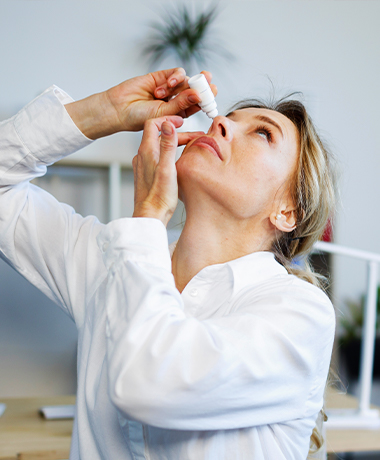
What Is Dry Eye?
Your tears are comprised of 3 layers:
- The oily outer layer
- The watery middle layer
- The inner mucus layer
If something interrupts the tear production process, dry eye can occur. Inflammation of these glands can also result in meibomian gland dysfunction. Meibomian gland dysfunction happens when the small glands in your eyelids that produce the oily layer of tears get clogged and cause instability in the tear film.
Treating Dry Eye
Dry eye can be accompanied by symptoms of stinging, burning, blurry vision, and a scratchy or gritty feeling in your eye. Our team at Gardens Eye Institute implements innovative treatment and management methods to help you find relief.
OptiLight IPL
OptiLight by Lumenis is a light-based, non-invasive treatment done in the area below the eyes to manage dry eye. OptiLight uses precise pulses of light to reduce the inflammation that is typically associated with dry eye disease, improve tear break-up time, and increase meibomian gland functionality.
BlephEx
BlephEx is an in-office procedure that treats inflammation of the eyelids. This inflammation can be a symptom of dry eye, and BlephEx can provide some much-deserved relief. BlephEx cleans the accumulated bacterial biofilm and plaque along the edge of your eyelids and eyelashes.
Eye Drops & Home Care
Artificial tears are eye drops that provide moisture to your eyes. These drops add the same elements as natural tears to help soothe your symptoms. Warm compresses can also help hydrate your eyes and bring you relief.
Practicing good eyelid hygiene habits can also help manage dry eye effects.
How Can You Limit The Symptoms Of Dry Eye Syndrome
Patients with dry eye syndrome may find that their symptoms worsen in some conditions. Dry air, ceiling fans, air conditioning, and excessive screen time increase the possibility of symptoms. The best solution is to avoid these settings and environments whenever possible. If avoiding these conditions is not possible, try making modifications to minimize symptoms of dry eye syndrome.
In dry environments, a humidifier can help. Avoid direct air, such as a fan or air conditioning on your face. Moisture goggles can be helpful overnight if a ceiling fan is used.
Excessive computer use and other screen time is a cause of dry eye that has been on the rise. When you look at a screen, you blink less, which reduces the amount of tears you release. Your eyes often feel drier and more irritated with a decreased blink rate. If you spend a lot of time working on the computer or your phone, remember to blink. Blinking, combined with taking frequent breaks, can help your eyes feel less overworked. Also, keep preservative-free artificial tears or lubricating eye drops on hand and use them frequently.
Treatment of eyelid conditions such as rosacea and blepharitis can also minimize symptoms. Good lid hygiene and lid scrubs can prevent a build-up of bacteria and debris.
The best way to limit symptoms is to try to prevent them before they start. If you fall into any of the categories above, using artificial tears and warm compresses, even if your eyes don’t feel dry before you begin to feel symptoms, can be helpful.

Looking Past Dry Eyes
Dry eye can be a chronic condition, but good hygiene and innovative management methods can help you keep dry eye at bay. Your comfort is our priority, and dry can be complicated to manage. Our team is looking forward to helping you overcome your dry eye symptoms.

Our Location
Our Address
- 11641 Kew Gardens Ave, Suite 209 (2nd flr)
- Palm Beach Gardens, FL 33410
You can find stairs and elevators in between buildings 11631 and 11641.
Come See Us
We are conveniently located close to I-95, just off PGA Boulevard across from the Gardens Mall. You can find us on the 2nd floor of the Professional Centre—our team is looking forward to welcoming you!
Parking & Public Transit
Our office features plenty of parking just outside and is accessible via public transportation.
Reach us by public transportation:
Contact Information
- Phone: 561-331-3833
- Fax: 561-331-3893
- Email: [email protected]
Our Hours
- Monday: 8:30 AM – 5:00 PM
- Tuesday: 8:30 AM – 5:00 PM
- Wednesday: 8:30 AM – 5:00 PM
- Thursday: 8:30 AM – 5:00 PM
- Friday: 8:30 AM – 12:15 PM
- Saturday: Closed
- Sunday: Closed

